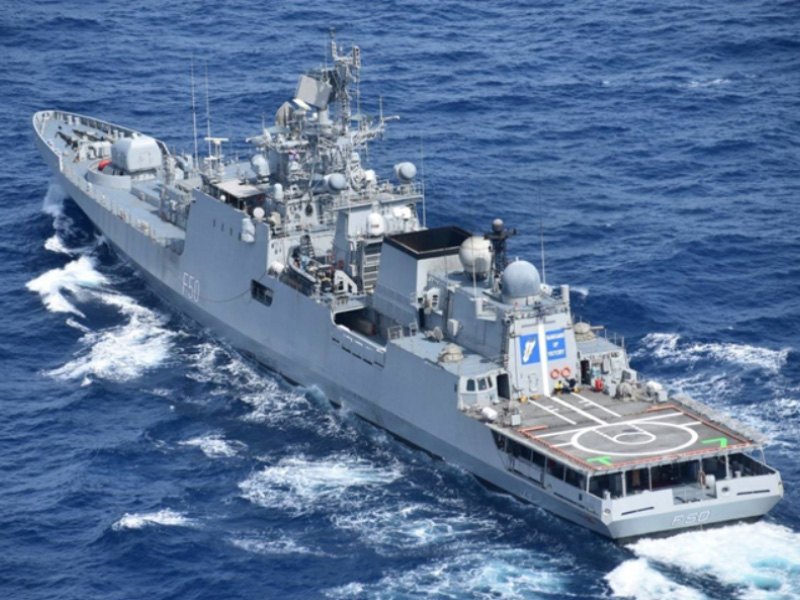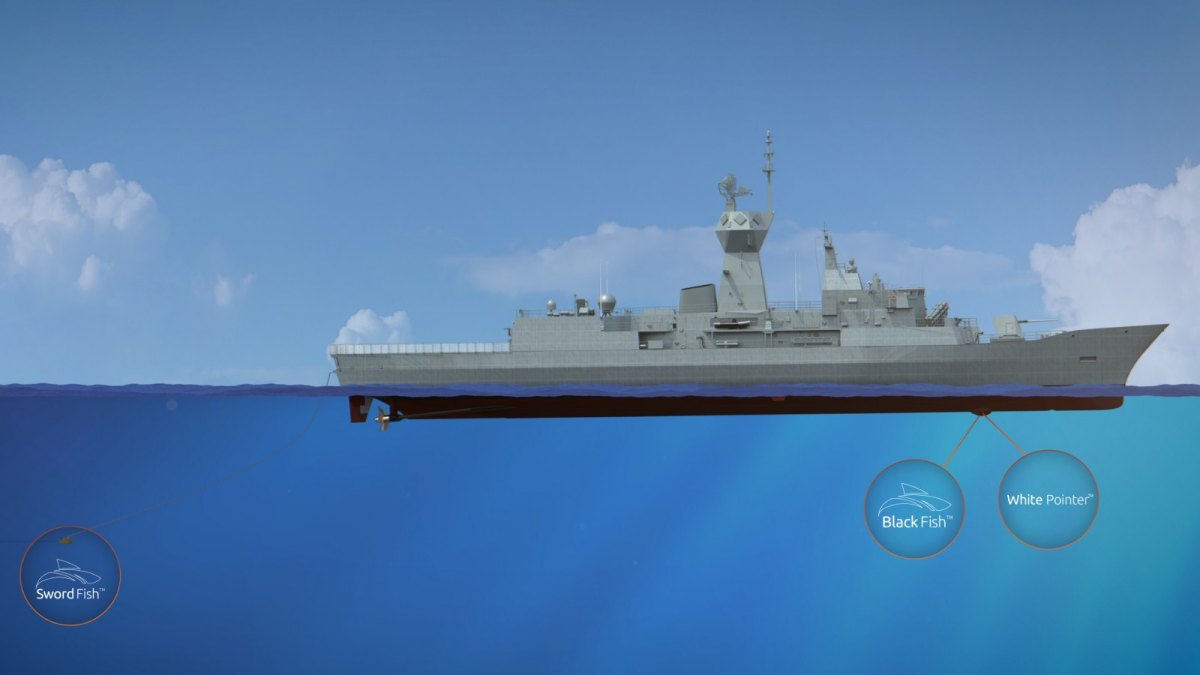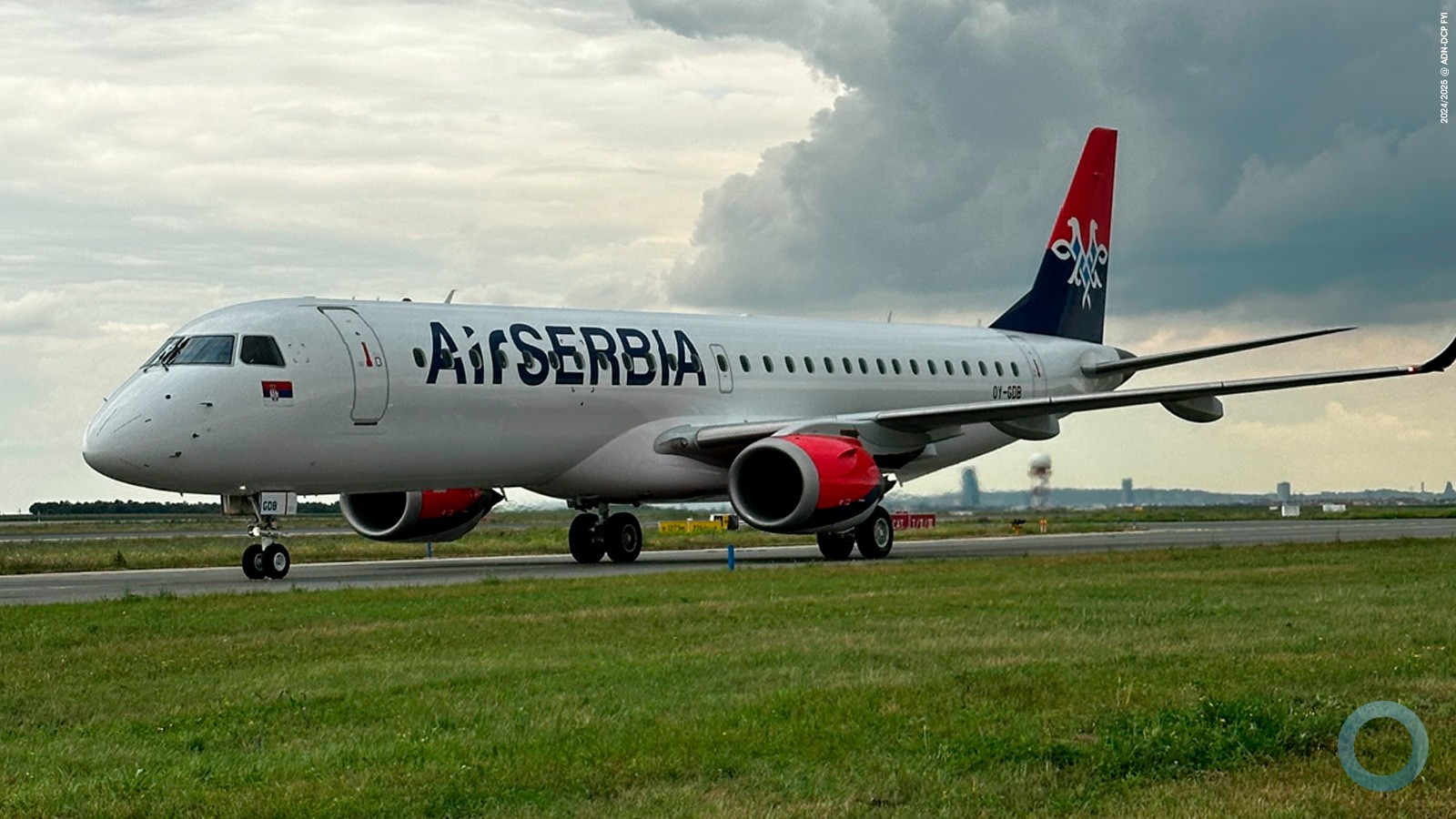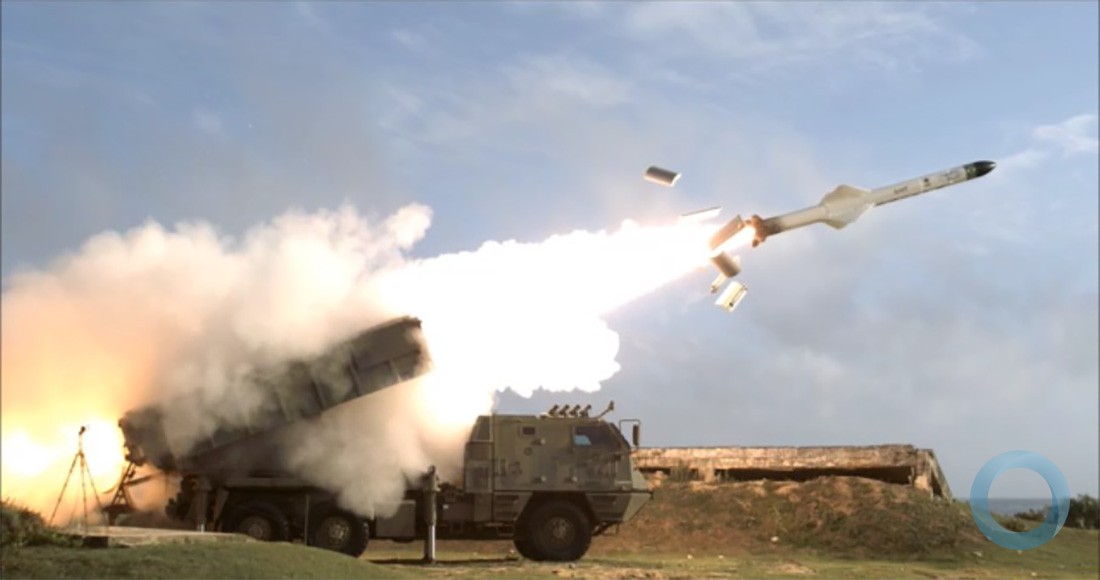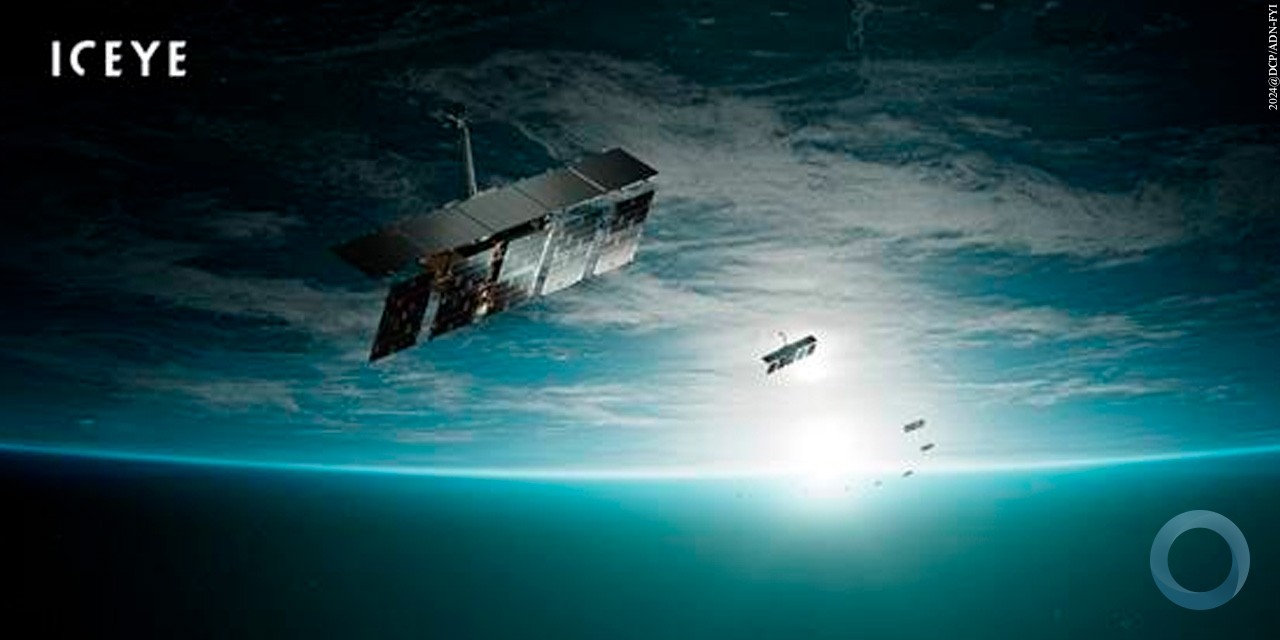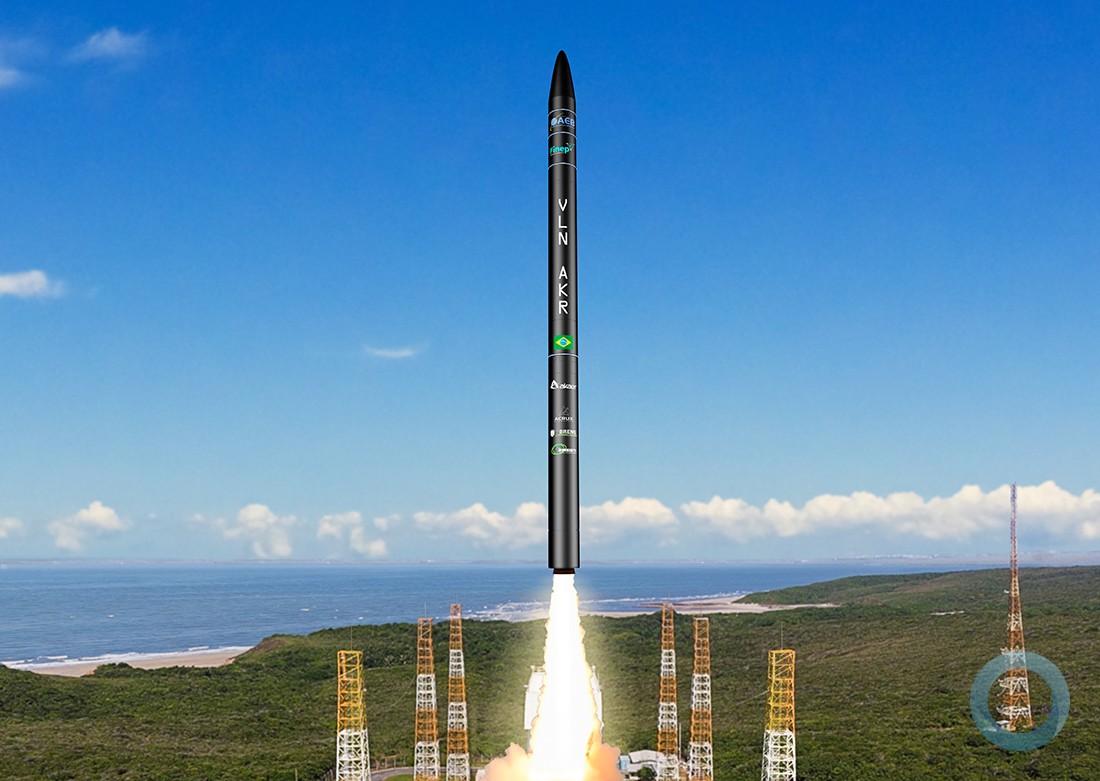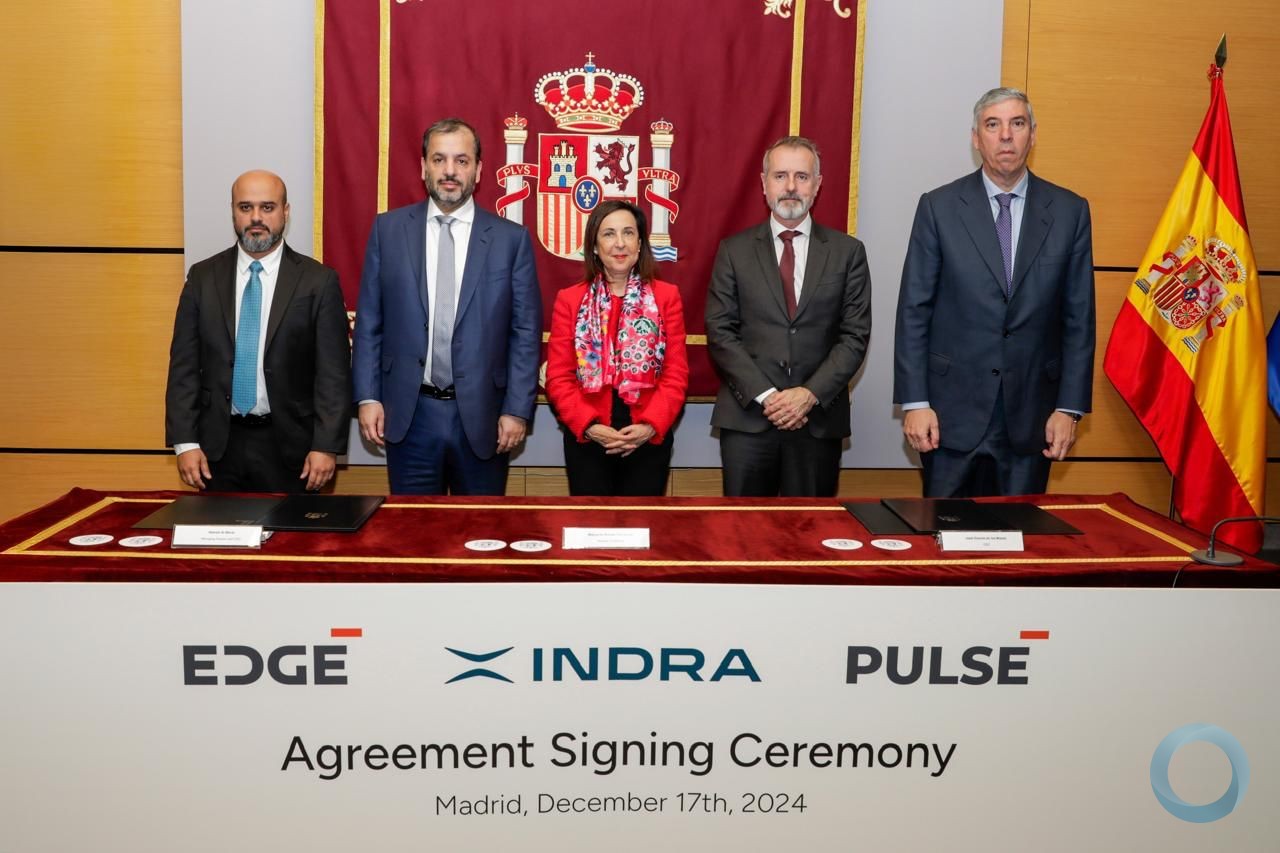DENMARK, March 2017 BAE Systems has awarded Brüel & Kjær the Design Development Agreement to deliver a Hull Vibration Monitoring System (HVME) for the UK Royal Navy's Type 26 Global Combat Ship (T26 GCS).
Reducing a ship’s radiated noise signature is a key element to its tactical deployment, and an HVME system is the ideal means for this – providing self-noise monitoring capabilities to ensure management of the ships acoustic signature.
Designed to replace the eight Anti-Submarine Warfare (ASW) variant Type 23 frigates, T26 GCS will be a world-class ASW warship, designed to undertake a number of roles – from high-intensity warfare to humanitarian assistance – and will operate independently or as part of a task group.
Brüel & Kjær’s HVME is a customer-specific solution, comprising a network of commercial-off-the-shelf (COTS) sensors, data acquisition, and vibration measurement/analysis and listening capabilities. Acoustic signature management is made by monitoring structure-borne noise, and presents vibro-acoustic information to aid ship staff in the control of machinery, hydrodynamic and propeller cavitation noise sources.
HVME provides instant control of the radiated sound of the ship via permanently installed sensor arrays mounted internally to the ships structure. HVME provides continuous vibration monitoring of the ship’s hull and assists crew in maintaining a low noise signature.
HVME is a modular, scalable platform based on Brüel & Kjær’s COTS PULSE™ data acquisition and analysis platform. A distributed data acquisition network architecture provides installation flexibility, a minimal foot-print and radically reduces the amount of sensor cabling throughout the ship, which in turn provides a valuable cost and weight reduction.
COTS products can provide huge benefits over bespoke purpose-built systems. Using off-the-shelf technology, COTS systems facilitate a reduced time to build and enable ship builders to better manage risk, through life costs and system obsolescence.






